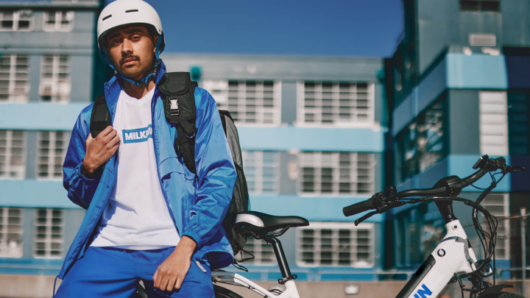
This week could be the one that undoes the retail sector. After months of enduring difficult trading conditions, in some cases surviving largely on the back of the federal government’s JobKeeper program, retailers nationwide will see Treasurer Josh Frydenberg hand down the next stage of Covid-19 survival supplements on 23 July.
And it’s probably a false hope to assume things are going to get better.
While Frydenberg declined to confirm details, a News Corp report published on Monday showed that JobKeeper will likely be reduced to $1000 a fortnight for eligible businesses.
The terms of that eligibility are set to change as well, as the prime minister has stated that any further income support measures will be delivered on a needs basis, rather than the same broad roll-out from earlier in the year. Businesses may be required to submit monthly turnover reports to the Australian Taxation Office to retain eligibility, in order for the government to ensure taxpayer dollars are only going to the most impacted sectors across the country.
Should these figures be correct, the retail industry could see fewer struggling businesses receive support – that support will be just two-thirds of what they are receiving now. Also, businesses may dip in and out of eligibility as they totter on the edge of what the government will define as “struggling”.
And with JobSeeker also set to change, a report by The Australia Institute found that a wholesale removal of the system would push 600,000 Australians into poverty, while simply scaling it back could lower that number to 500,000.
Either way, that’s half a million people now spending less with the struggling retailers already receiving less support.
“Our position has been that a swift removal of JobKeeper could prove problematic, and that a gradual reduction would be the better option,” National Retail Association (NRA) chief executive Dominique Lamb told Inside Retail.
“However, there is no doubt that, for some businesses, even this tiered approach will be difficult for them to endure.”
Lamb said the NRA would be supportive of the government helping the retail industry regardless, with the details to be published on Thursday.
“Barring the spread of the virus in significant numbers beyond Victoria, we expect to see the other state and territory economies continue their recovery towards a Covid-safe economy,” Frydenberg told News Corp.
Even these numbers, however, may not be on the government’s side. While Victoria’s infections are growing by triple digits each day, it is far from the only state showing signs that the pandemic is spreading.
New South Wales, for example, has seen several hotspots and spikes in recent weeks, where each new case is now spreading to multiple people, increasing the risk of an “exponential breakout”, according to Melbourne’s Peter Doherty Institute for Infection and Immunity.
Lamb told Inside Retail that, at present, all eyes are on New South Wales in the hope that the state government can prevent a similar outbreak to Victoria.
“If New South Wales is forced to reimpose restrictions like Victoria, that would see the two biggest Australian retail economies impacted by lockdown,” Lamb said.
“In the absence of a vaccine, you can only assume we will continue to see infections. The issue is obviously to contain any widescale spread so that we can still keep the economy relatively open.
“I think [the developments in Victoria] are a sage reminder that nothing can be taken for granted and the public needs to remain vigilant through this pandemic.”
And now that it may take 18 to 24 months for a safe and tested vaccine to appear on the market, it will be a long time until retail is back to “business as usual” – if ever.





